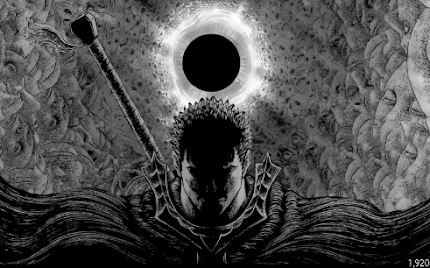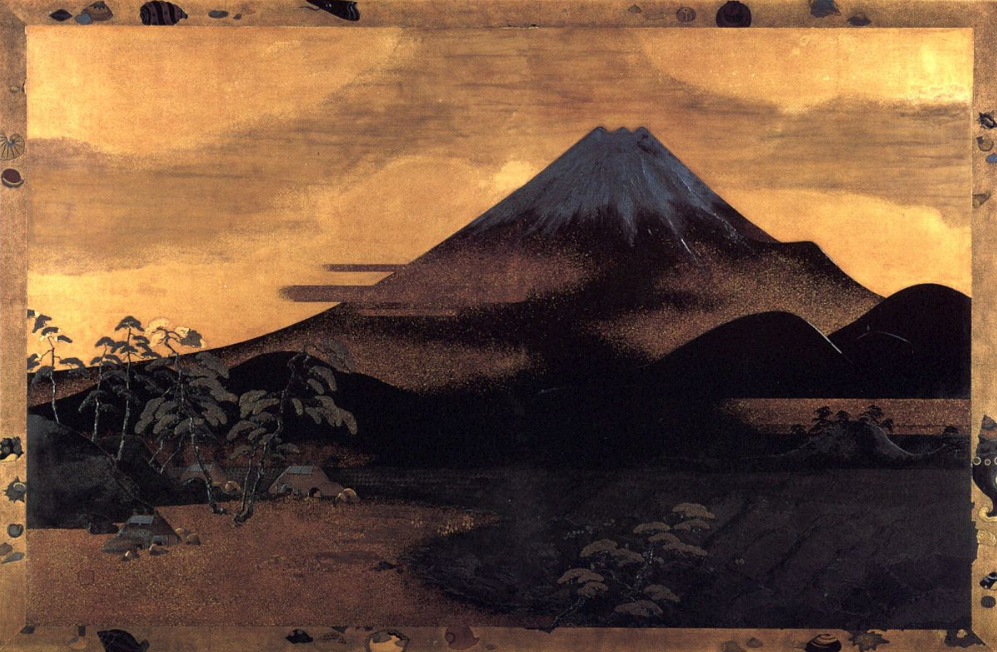Early modern blog
By: Cooper Irinaga
Early Modern Blog Exhibit
Gassed
John Singer
Created in 1918, Arras France
Gassed portrays the aftermath of a mustard gas attack. This piece of art encompasses the reality of World War 1, it reflects art in this time period because a lot of artwork was done to portray what war was like and I feel as if this piece executes that perfectly. This piece of art is extremely valuable because of how strongly it relates to its era, there are many common themes that this piece has that many themes that relate to this era of art like surrealism, despair, and pain. WW1 is also deeply reflected in this artwork because this picture took place on the battlefield of France, one of the main participants of the outbreak and fighting of World War 1. Within Gassed there are many elements that make up the grand piece, one of the main elements being the aftermath, the aftermath element shows what happens after a brutal mustard gas attack which captures how brutal World War 1 was. Another key element shown in this image is despair, the emotions depicted within the faces of the soldiers are very grim, they have suffered physically and mentally with the damages they have taken as well as the dead bodies around them. Surrealism seems to play a big role in this artwork as well, the lighting, the placement, and the composition make this painting seem very photographic where everything is in perfect position. Speaking of placement, the artist conveyed a very strong message through his placement of imagery. It appears we see the clearest picture showing the tone of the sky, the dead bodies, and the soldiers wandering toward the medical tents. Sorrow is the emotion I feel the deepest, the whole painting embodies how destructive war can be which is very saddening. Bonding is also another emotion I feel when looking at this picture, in these dark moments of despair all these soldiers have is themselves, seeing that physical dependence on one another shows how strong people can be in groups.
Over the Top
John Nash
Created in 1918, Buckinghamshire, England
John Nash created Over the Top in 1918, the painting depicts a large-scale attack of German troops advancing and the British troops (seen in the image) facing no man's land (the shooting ground of trench warfare). The troops were ordered to make an attack from rear to front troops, almost an impossible challenge. This art piece clearly reflects WW1 because it depicts real events that took place in the war, this piece also conveys the perspective of a soldier which is very interesting. Within this piece, there are many aspects that create this stunning work, one of the biggest elements of this art is frantic. The soldiers are frantically advancing into the chaos, every character seen in this image is either seen moving hastily or has already been killed. Another key element shown in this artwork is gloom, the only bright lighting in this piece is the snow, and there aren't any facial expressions on the soldier's faces meaning it is a very dark time for these men. An element that makes this piece visually enticing is the smokey background, the smoke adds a lot of depth to the soldier's situation. The smoke shows the artillery shells going off which connects to the chaos. Circling back to the perspective of the artist, the placement of the piece is very good, the smoke, the clouds, the casualties, and the soldiers advancing bring everything together perfectly. Within all of the chaos the emotion that I feel the strongest when analyzing this piece is stress, the action just started and it feels very tense at the moment. With everything commencing at once I can't help but feel very stressed out.
La Mitrailleuse
Christopher Richard Wynne Nevinson
Created in 1915, London, United Kingdom
The La Mitrailleuse is a stunning painting created in 1915 located in London, UK. CRW Nevinson being one of the first World War 1 artists created some say "the most authoritative and concentrated utterance on war in the history of painting" quote by Walter Sickert. La Mitrailleuse is a very grand piece that reflects many common themes of World War 1 art like intensity, surrealism, and despair. This piece of art heavily relates to World War 1 because of its depiction of three French soldiers in a trench enclosed by barbed wire, a common sight in this war. Within La Mitrailleuse, there are many key elements within the piece, one of them being artifice, the French soldiers are seen with few features almost being portrayed as machines. This view is inherently scary representing these people do not mess around and seem not human. Another very important aspect of this work is darkness, the deep contrast from dark shadows to the light up above the trench shows the mental and physical darkness of the environment. Religious symbolism also plays a very big role in this piece, the man wearing the red trousers is a hint toward the Christ in the House of His Parents painting which symbolizes future sacrifice. Future sacrifice is what all men face when going to war. The placement in this piece is also near perfect, in the photo we get three soldiers, realistic lighting, and a great shot of the weaponry and trenches. The emotions I feel the strongest when looking at this piece are dark suspense, the stone expressions of the soldiers, and the dark contrast of color foreshadowing a dark future ahead.
Gassed:
“‘Gassed’ by John Singer Sargent.” Joy of Museums Virtual Tours, 30 Sept. 2020,
“Gassed.” Imperial War Museums, https://www.iwm.org.uk/collections/item/object/23722.
https://www.iwm.org.uk/collections/item/object/23722
https://www.metmuseum.org/blogs/now-at-the-met/2017/world-war-i-and-the-visual-arts-introduction
Over the top:
https://www.iwm.org.uk/collections/item/object/20015
La Mittsusee
https://artuk.org/discover/stories/write-on-art-la-mitrailleuse-by-c-r-w-nevinson
https://www.historyhit.com/the-art-of-world-war-one-in-paintings/






Thank you for sharing these three magnificent pieces of art! The works by Nash and Singer appealed to me, but I really enjoyed looking at La Mitrailleuse by Nevinson. The utilization of light and dark, the cubist style, angular shapes, and raw emotion really help further the theme of the reality of World War I. I thought it was awe-inspiring how much emotion the artist was able to develop through the cubist style. Also, I found it interesting that the artist utilized this particular technique to make them seem “machine-like”!
ReplyDeleteThe theme of World War I is greatly present across all three of these works. In their own ways, they are able to realistically depict the brutal reality of life during this time period. Every one of these paintings carries a meaningful story and a level of despair. Another important relationship to the theme that I noticed is the incorporation of modern weaponry. Each piece highlights the technological advancements of the era. I really enjoyed learning more about these paintings and the history behind them!
I like the three chosen choices of artwork you have decided to add to your blog post on the early modern era. All three artworks were amazing to look at and read some of the core elements that were touching to you, the artist, the art elements, and the historical information of it. I think Over the Top by John Nash was by far my favorite. It looks like an animated movie. This event was serious and intense. I learned a lot more about this artwork and the historical information that came along with the artwork. Thanks for sharing you did an excellent job of explaining the art and keeping this blog neat and understandable to read.
ReplyDeleteYou have picked some interesting masterpieces. I have to say that the most appealing of the artworks you chose is La Mitrailleuse. I really like the colors and shapes used for this painting. The shapes really create a sense of tension and violence. Mitrailleuse is the French word for machine gun. This painting is often seen as a representation of the brutality of modern warfare. An interesting fact about the artist is that he was influenced by the Italian Futurist movement, which emphasized the power and speed of modern technology. Overall, this is a really nice blog post. Keep up the good work.
ReplyDeleteHi Cooper, great post! Thank you for sharing these three works of art. I enjoyed reading your thoughts and perspectives on each piece. "Gassed" by John Singer really stood out to me out of all three. Its depiction is a haunting reality of World War I. The painting captures the brutal reality of war and the devastating impact it had on those who fought in it. It serves as a poignant reminder of the horrors of war and the sacrifices made by those who served. In terms of the theme of art from WWI, "Gassed" is a prime example of how artists used their craft to capture the emotional and psychological toll of the war. It is a powerful expression of the human experience during a period of unprecedented destruction and loss.
ReplyDeleteHello! Thank you for sharing. Your blog post is very thought out including the theme and artwork you share. Gassed artwork by John Singer stands out to me the most because of the significance people were suffering at the time the lack of protection it’s showing. Linseed oil paint was used on this one which makes it look like it has texture.
ReplyDelete